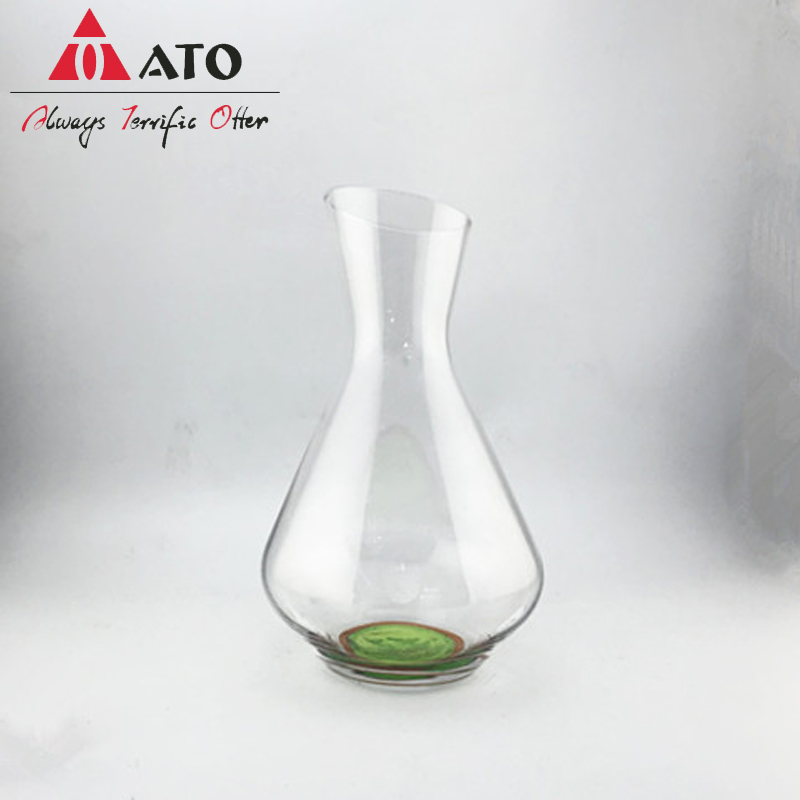â—News background
Since the Beijing Municipal Commission of Commerce proposed in the "2012 Business Committee of the Municipal Party Committee", "after the end of the old-fashioned home appliance replacement, this year will explore the development of furniture 'old-for-new'", and the national policy can solve the problem of difficult furniture recycling. Since then, home furnishing stores in many parts of the country have begun to test the water for furniture, which is the most lively in the home market in Beijing. Previously, the home of the family also introduced a subsidy method of “recycling used furniture to return 5% of the new product turnoverâ€. Although sales have increased significantly, the difficulties are beyond imagination. The store originally envisaged that if the recycling volume is large, it can open a second-hand furniture trading market and let the old furniture play the heat. However, I did not expect that during the operation, most of the recycled furniture was ruined and could not be sold again. At the end of last year, Jimei’s furniture, which was involved in the “old-for-new†of furniture, was even more embarrassing. Originally, this company cooperated with second-hand merchants to evaluate the old furniture, and then issued coupons at 3 times price to trade-in. However, this model is hard to sustain in practice. “Logistics and warehousing costs are much higher than expected. Later, we only invested in trucks, drivers, and workers to establish a new support system within the company; Take the cost of garbage disposal. For the two items, the annual cost will be at least 10 million yuan."
â—大佬è¯è¯
Recycling benefits are big, but it is currently difficult to achieve
Furniture “trade-in†has encountered bottlenecks in transportation, handling, and reuse, and there has been a phenomenon of stagnation in the enterprise. Does it mean that it is difficult to realize the replacement of furniture? Yu Wenji, chief expert in wood processing at the Institute of Wood Research, Chinese Academy of Forestry, said that from a technical point of view, wood waste furniture can be reused. For example, if the plate is better preserved, the hardware and plastic parts are removed. After decontamination, missing, repairing, etc., it can be modified by large and small, and thick and thin. The wood in solid wood furniture can be used as a sofa. The internal support material of the furniture can also be used as the main force-receiving part of the table and chair. Even if these sheets cannot be used, they can be re-formed into wood-based panels by pulverization and recycled into furniture production. "If the above methods can not be processed, they will be crushed and sold to thermal power plants for fuel use." Tao Yiming, director of the National Timber Conservation Center Industry Management Office, also said that the treatment should be made wider. Most experts believe that in centralized recycling, the government should create more conditions for enterprises. However, Zhu Changling, chairman of the China Furniture Association, said that there are few mature and recycled old furniture companies in China, and even if they are, they are concentrated in several big cities in Beijing and Shanghai. Because of the many problems, the relevant person in charge of the Beijing Municipal Commission of Commerce and Services said that the work is still in the reporting stage, and even if it is carried out, it will be piloted in some regions.
â—Reporter observation
National policy tends to be heavier
Furniture trade-in and home e-commerce encountered the same problem: transportation. The transportation cost of large pieces of furniture is high, and the value of old furniture is not enough to pay for shipping. How should this problem be handled? However, this is just the tip of the iceberg of the old-for-new problem. The cost of reusing old furniture is high, the storage preparation of old things is temporarily stored, and the old things are properly recycled. In the field of furniture trade-in, there are obviously many targets that cannot be achieved by relying solely on the ability of enterprises and stores. The effect is quite weak. At this time, the tendency of national policies, the state's strong support for furniture trade-in, the establishment of normative standards for the treatment of old furniture, and the spare effort for environmental protection, these are the "timely rain" that is the most needed for the replacement of furniture.
Hydroponics is a method of growing plants without soil, using a nutrient-rich water solution instead. Glassware vases can be used in hydroponics to hold the plants and the water solution. The transparent nature of glass allows for easy monitoring of the plant's roots and the nutrient levels in the water.
To set up a hydroponics system using a glassware vase, you will need the following:
1. Glassware vase: Choose a vase that is large enough to accommodate the plant's roots and has a wide opening for easy access.
2. Growing medium: Since hydroponics doesn't use soil, you will need a growing medium to support the plant's roots. Some common options include perlite, vermiculite, or clay pebbles. Fill the vase with the growing medium, leaving enough space for the roots to grow.
3. Nutrient solution: Prepare a nutrient-rich water solution according to the specific needs of the plant you are growing. Follow the instructions provided with the hydroponic nutrient solution or consult a hydroponics expert for guidance.

Hydroponics glassware vase
Xi'an ATO International Co., Ltd , https://www.ato2008.com